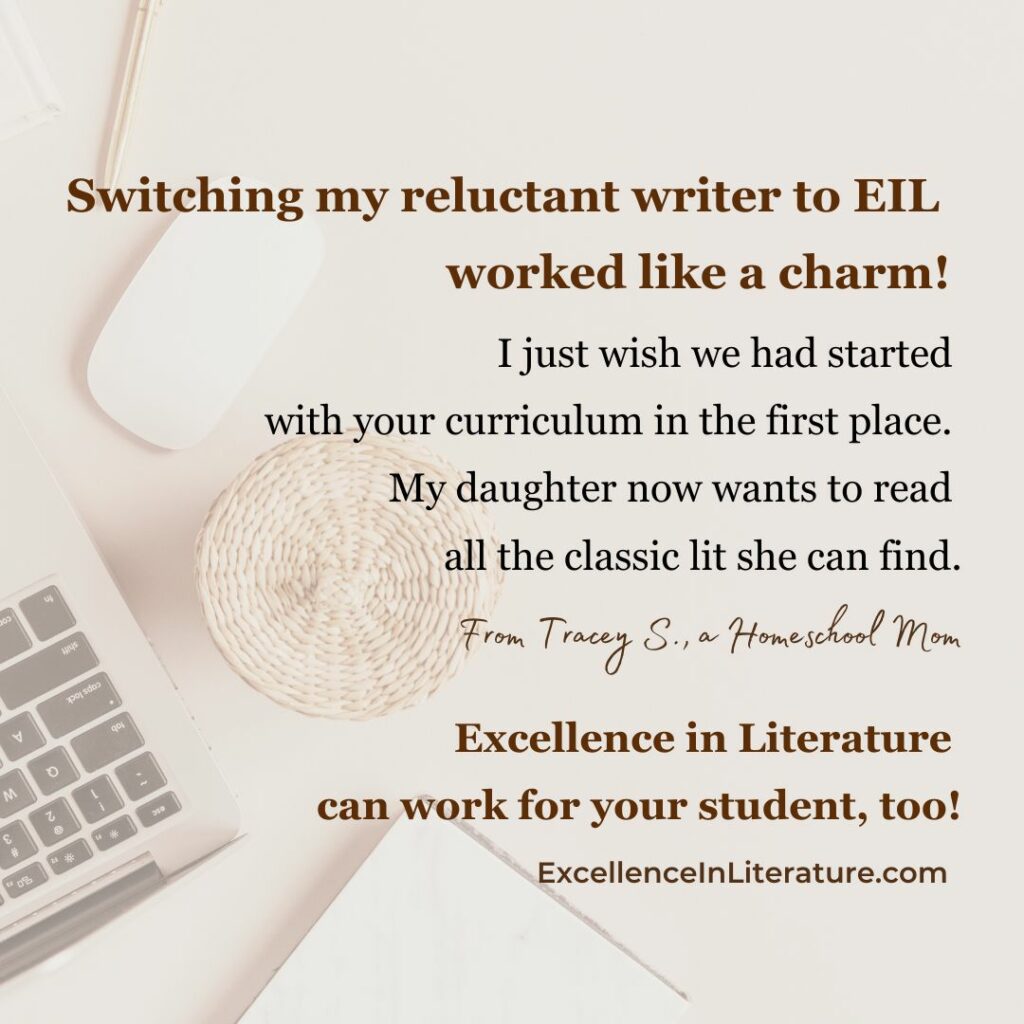Telling the Truth in Fiction
Fairy tales, parables, and other true stories
I have been thinking about fairy tales this week after coming across a bowdlerized (to modify by abridging, simplifying, or distorting in style or content) version that appears on a third grade Common Core reading assignment.
In his essay “On Fairy-Stories,” J. R. R. Tolkien writes, “The realm of fairy-story is wide and deep and high and filled with many things: all manner of beasts and birds are found there; shoreless seas and stars uncounted; beauty that is an enchantment, and an ever-present peril; both joy and sorrow as sharp as swords.”
Truth in fiction; showing, not telling
Although non-fiction is effective for telling facts, fiction shows facts in action. There are two primary ways you can tell truth through fiction. The first is through simple stories such as parables, myths, and fables that easily and obviously illustrate a moral or truth in action.
The second is through longer, more sophisticated stories such as those found in novels, plays, and epics. Each has its place in the world of fiction, but I have come to believe that some of the most powerful stories are short — pithy parables, wise fables, simple folk tales, and imaginative fairy stories.
When Christ told the parable of the seed-sower who sowed in various places, he told a story his audience could visualize. Can you imagine that any of them left with the desire to be anything less than the good soil that would produce a bountiful crop?
In a similar way, Aesop’s fables illustrate the folly or wisdom of human behavior in such an effective way that many of the morals drawn from them are used as metaphors in everyday life. We can encourage ingenuity by reminding our children of the crow and the pitcher, or discourage greediness by reminding them of the dog in the manger.
Fairy tales are often seen as either too dark or too frivolous, but they tell the truth in a very special way. As G. K. Chesterton wrote in his essay “The Red Angel,” “fairy tales do not give the child the idea of the evil or the ugly; that is in the child already, because it is in the world already . . . What fairy tales give the child is his first clear idea of the possible defeat of bogey.
The baby has known the dragon intimately ever since he had an imagination. What the fairy tale provides for him is a St. George to kill the dragon.” To deprive a child of fairy tales or present him with a butchered version such as the Peter and Patty story from the Common Core is to not only dull his taste for good literature, but also rob him of the assurance that one day he too may slay the dragon.
More on fairy tales and truth in fiction
“On Fairy Stories “by J. R. R. Tolkien
“The Red Angel” by G. K. Chesterton
“On Three Ways of Writing for Children” by C. S. Lewis
“Hansel and Gretel and Courage and the Defeat of Evil” at The Wine Dark Sea















Janice, I love this. What interesting timing, my oldest son told me just this afternoon that I really ought to make the time to read Chesterton’s dragon essays.
Is there a particular collection of fairy tales that you recommend? I have one of the Andrew Lang books on my shelf, the Blue Fairy Book I think.
Anyway, I wanted to let you know how much I appreciate your insight here.
Jenn
Hi, Jenn-
I’m glad you enjoyed thinking about this–I’ve loved revisiting some of the old fairy tales of my childhood, and meeting new ones. Any of Andrew Lang’s color-themed fairy books are good, and I have enjoyed Hans Christian Anderson’s collections as well. Grimm’s are definitely darker, but quite meaty and thought provoking. Of course, anything by Chesterton is worth reading; ditto with Lewis, Tolkien, and MacDonald. There are so many good books, and so little time– just enjoy the ones that cross your path, and often they will lead you on to others that are even better. Have fun!
P. S. Here’s a link to the edition of Anderson’s Fairy Tales that I have, along with a few other good things by the same illustrator: http://goo.gl/Ji1KLO